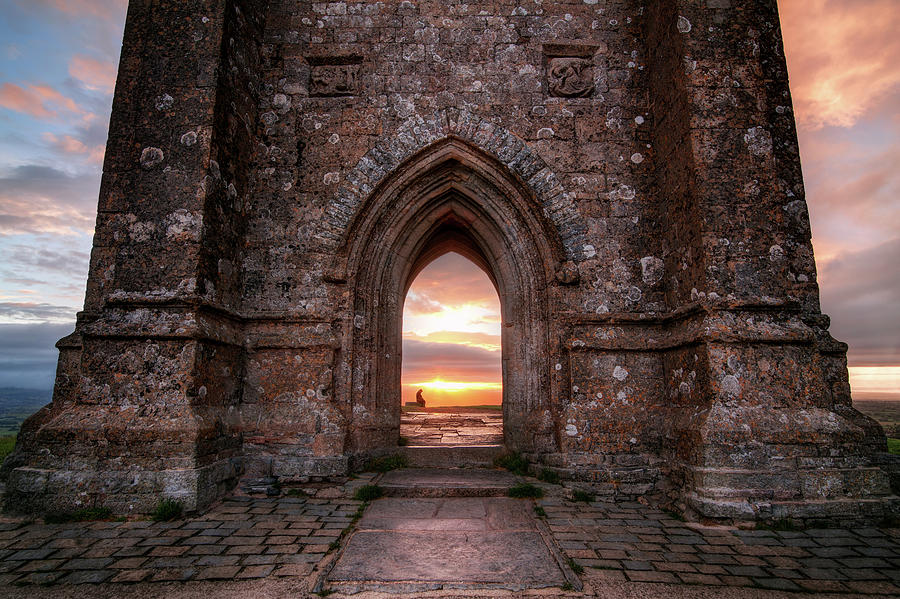

Glastonbury tor documentary how to#
Farmers in the Middle Ages knew how to terrace hills, making it easier to plow the land however, they terraced the south-facing slopes to take advantage of maximum sunshine. Several theories have been put forth to explain them.

The Tor has seven deep terraces, all roughly symmetrical. Sadly, the Dissolution of the Monasteries in 1539 led to the church being abandoned, its abbot Richard Whyting hanged at the site. The earthquake was so powerful that it was felt as far away as London, Canterbury, and Wales. Most of the church was destroyed in an earthquake on 11 September 1275. Michael’s church replaced the earlier fort. Traces of a fort dating back to the 5th century have been discovered. In the later Dark Ages, there were more signs of habitation: two hearths, one with a blacksmith’s forge fragments of Mediterranean amphorae dating back to the 6th century two bodies, buried with a north-south orientation (and therefore probably not Christian) and several postholes, indicating buildings. Neolithic civilizations left flint tools near the top. Today, the River Brue runs around three sides. Glastonbury Tor rises from the Summerland Meadows, a plain that was once swampy fenland. The Celtic word “tor” means “conical hill”, an apt description. For as long as there have been people in the area, Glastonbury Tor and its spring at Chalice Hill have had spiritual significance. Evidence of occupation in the area dates back as far as 300 BC. Glastonbury Tor is a striking hill rising from the plain near Somerset, England.


 0 kommentar(er)
0 kommentar(er)
